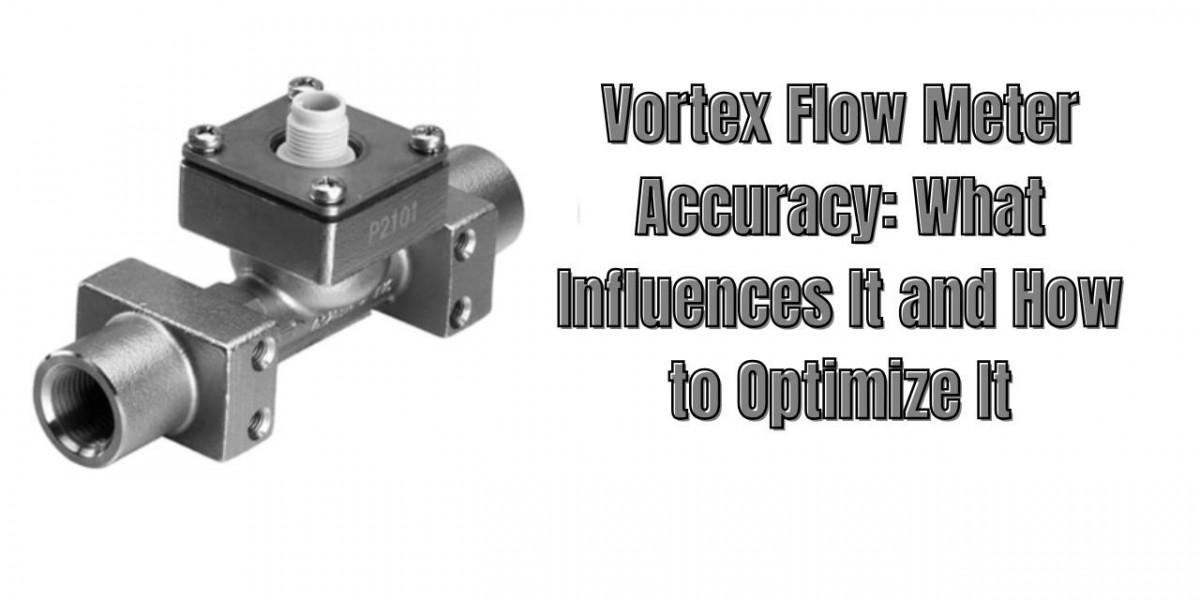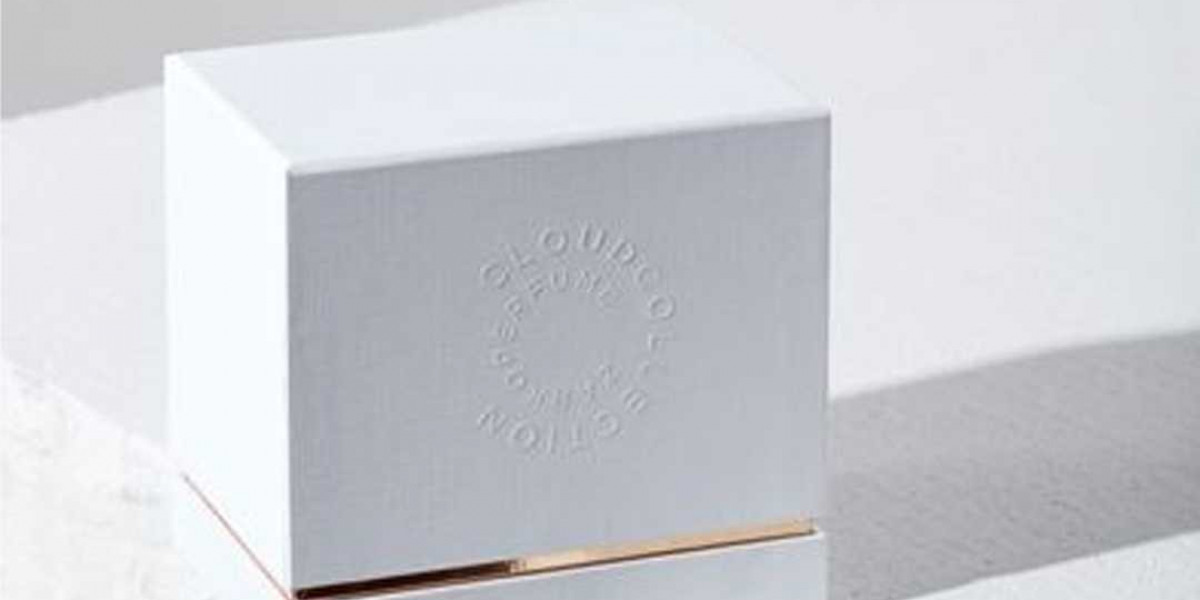Flow measurement plays a crucial role in industrial operations by promoting efficiency, ensuring safety, and effectively managing costs. Among the numerous available technologies, vortex flow meters are commonly chosen for their dependable performance, long-lasting design, and versatility in measuring various types of fluids. These devices function by sensing vortices that are generated when a bluff body is positioned within the flow path. Accuracy in such systems is crucial, as even minor errors can significantly impact process quality and energy consumption. This article examines the key factors that affect the accuracy of vortex flow meters and guides in optimising their performance for reliable and precise industrial flow measurements.
Understanding Vortex Flow Meters
Vortex flow meters measure fluid flow by utilising the vortex shedding principle, where a bluff body placed in the flow path causes alternating vortices, known as the Von Kármán effect. These vortices create pressure changes detected by a sensor, and a transmitter converts this data into flow rate measurements. Vortex flow meters are widely utilized for measuring the flow of steam, gases, and liquids in numerous industries. Their main benefits include precise accuracy, minimal maintenance requirements, broad rangeability, and the capacity to withstand diverse temperature and pressure conditions. These features make them a dependable option for flow measurement in both commercial and industrial settings.
What Influences Vortex Flow Meter Accuracy?
Fluid Properties: Variations in density, viscosity, or temperature can shift vortex shedding frequency. Phase changes, such as liquid turning into gas, can distort readings.
Flow Profile & Installation: Insufficient straight pipe lengths or nearby bends, valves, and fittings cause turbulence, impacting accuracy. Mounting orientation (horizontal or vertical) also matters.
Vibration & Environment: Mechanical vibrations from pumps and electrical noise can disrupt signal stability.
Sensor Quality & Calibration: Advanced sensors enhance detection, while regular calibration ensures reliability and accuracy.
Operating Range: Accuracy drops significantly at extremely low and high temperatures. Maintaining a Reynolds number within the specified range is crucial for reliable performance.
How to Optimise Accuracy in Vortex Flow Meters
Proper Installation Techniques
Ensure straight pipe lengths as per the manufacturer's guidelines to minimise flow disturbances.
Use flow conditioners in systems with limited pipe runs to stabilise the flow profile.
Routine Maintenance and Inspection
Routinely clean the sensor and bluff body to avoid accumulation that could impact signal accuracy.
Inspect for corrosion or deposits that can alter flow patterns and accuracy.
Regular Calibration and Diagnostics
Utilise automated calibration tools for consistent performance and minimal downtime.
Monitor trending data to identify calibration drifts and maintain accuracy over time.
Choosing the Right Vortex Flow Meter
Choose a meter that matches the specifications of your process fluid, flow range, and operating temperature.
Opt for smart vortex meters with built-in diagnostics for real-time performance monitoring.
Common Misconceptions About Vortex Flow Meter Accuracy
Vortex flow meters are praised for their durability; however, several misconceptions can impact their performance. One common myth is that "no moving parts" means "no maintenance"—in reality, buildup or sensor drift still requires periodic checks. Another common misconception is that installation orientation doesn't matter; however, improper positioning can disrupt flow patterns, thereby reducing accuracy. Lastly, vortex meters can vary significantly—differences in sensor quality, calibration procedures, and overall design can affect their accuracy. For reliable readings, selecting a meter suited to your specific application and adhering to proper installation and maintenance protocols is crucial. Failing to consider these aspects may result in inaccurate outcomes.
Conclusion
Vortex flow meters deliver dependable flow measurements, though their accuracy can be influenced by several factors, including the characteristics of the fluid, how the meter is installed, and how well the sensor is calibrated. To achieve optimal results, it’s important to maintain adequate straight pipe lengths, ensure consistent flow conditions, and carry out regular maintenance. Selecting the appropriate meter size and construction material for your specific application further improves measurement accuracy. In high-stakes environments—like chemical manufacturing or energy production—precise flow data is vital for maintaining safety, maximizing efficiency, and managing costs. Prior to choosing or installing a vortex flow meter, it’s advisable to consult with an experienced flow measurement specialist or engineer to ensure accurate performance and seamless integration with your operational system.







